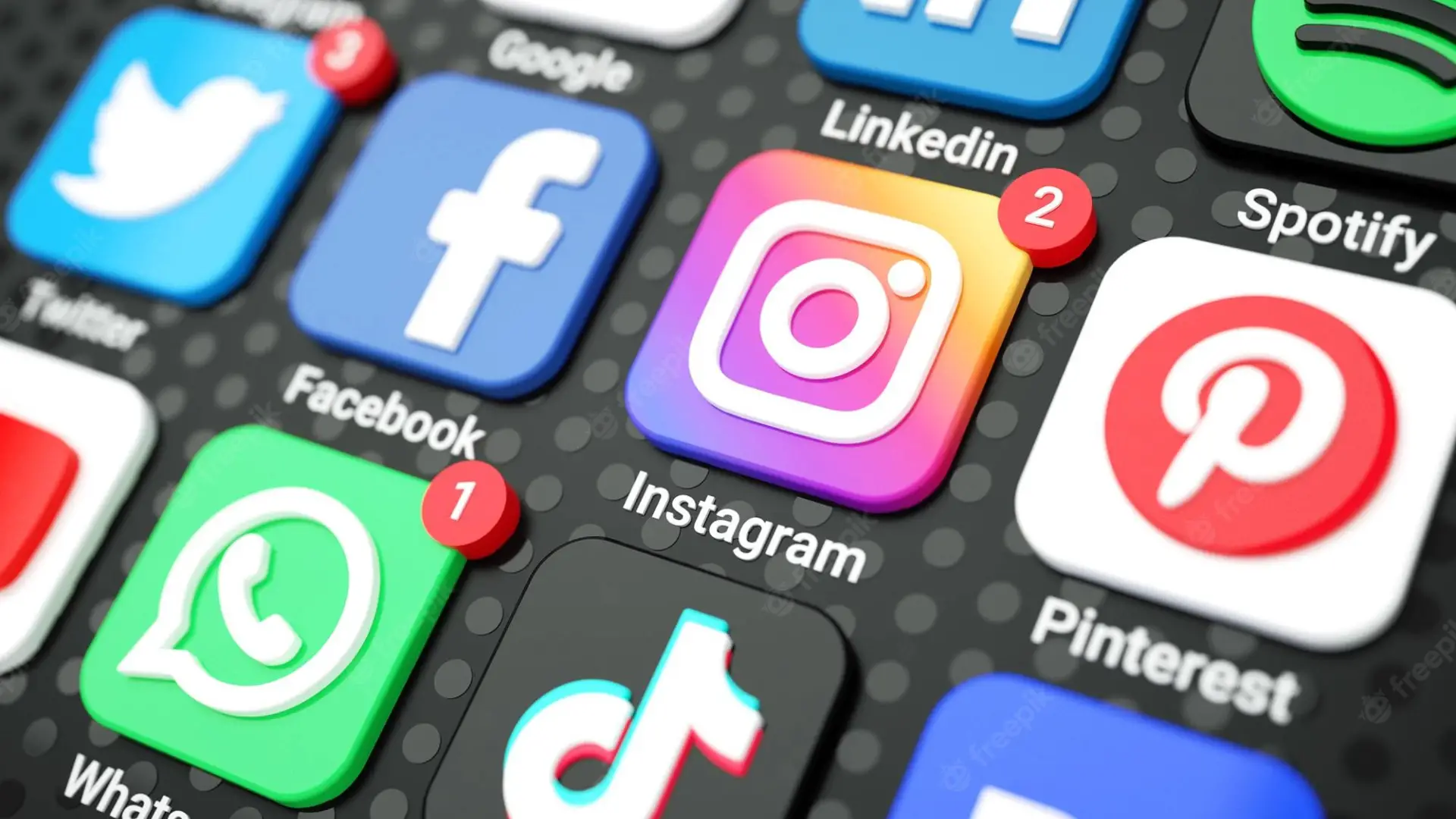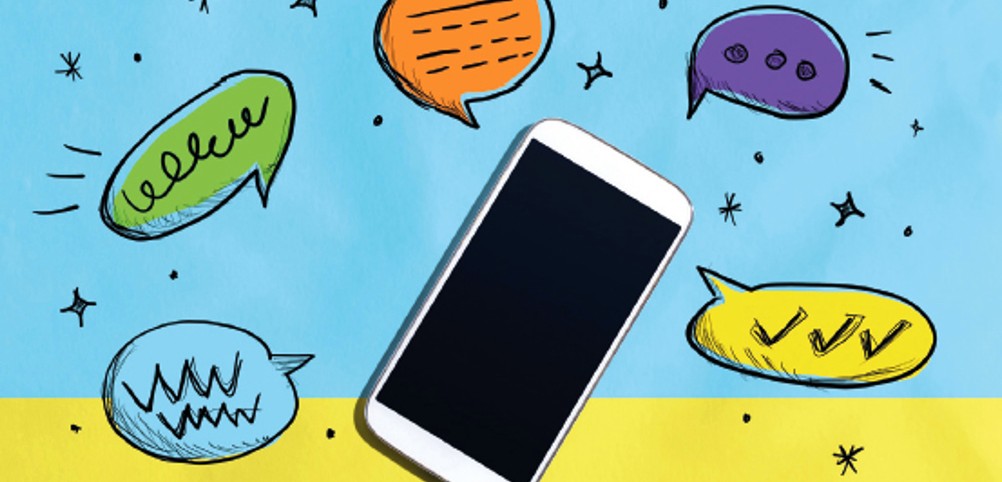Looking to break free of your device dependency? These four tips may help you put down the phone and reclaim your life.
Life in a digital-first world is convenient and connected. We can order groceries, share photos, stream entertainment, and stay in touch with friends and family across the globe. But as our digital consumption grows, so does the need for balance; staying constantly online can be exhausting.
Recent studies in Malaysia reveal a near-complete smartphone penetration rate, with internet usage reaching around 90% in the country. Social media platforms like TikTok and Instagram are also extremely popular, especially among younger Malaysians. With digital consumption at such high levels, it’s no surprise that a significant number of Malaysians are beginning to consider the benefits of a “digital detox” – a deliberate break from screen time to regain a sense of calm and well-being.

But it’s easier said than done… especially for the younger generation. Surveys and studies show that the Gen Z cohort checks their phones with astounding frequency, with reports suggesting an average of over 140 “checks” per day (excluding any time spent sleeping or when phone use is disallowed), adding up to a ridiculous seven hours per day for many in this age group.
This time includes a substantial portion spent on social media platforms like TikTok, Instagram, and YouTube, which are especially popular among younger users. Studies show that 76% of Gen Zers admit to spending more time on their devices than they would prefer, with 41% actively trying to reduce their screen time. This constant connectivity contributes to feelings of dependency, with 56% of Gen Z feeling “addicted” to their devices.

Across age groups, general smartphone habits reflect similar high engagement. The daily average for smartphone use overall has risen globally, with mobile users in Southeast Asia, including Malaysia, clocking substantial hours each day. Malaysians, in particular, are highly connected, with the country showing one of the highest rates of mobile device usage worldwide.
For some, these habits lead to “tech fatigue,” prompting a growing interest in digital detox strategies and wellness initiatives, where users aim to find balance and manage screen time more effectively.
If you’re among those aiming to create healthier boundaries with your devices, here are four effective strategies:
1. Find Engaging Alternatives During a digital detox, some find themselves reaching for their phone out of habit or to relieve boredom. Seeking out offline hobbies, like sports or cooking, or reading a good book, can help break that pattern. The key is to engage in activities that are enjoyable and stimulating, creating a natural substitute for digital engagement.

2. Prioritize Social Bonds Digital devices are valuable for connecting with friends and family, but excessive screen time can actually increase feelings of loneliness. Studies show that Malaysians, like many others, spend less time socializing in person compared to decades past. Strengthening in-person interactions during a digital detox can deepen relationships and reduce the need for constant online connection.
3. Practise Mindfulness Taking a digital break can be challenging, especially when we’re used to staying constantly connected. But stepping back allows for reflection and moments of peace. Meditation and nature walks are popular methods for Malaysians looking to reconnect with themselves away from screens. A little time away from digital distractions offers space to reflect, recharge, and boost overall well-being.
4. Treat Digital Well-Being as an Ongoing Journey Building healthy digital habits isn’t just a one-off process; it’s an ongoing journey. Regularly checking in with yourself, setting boundaries, and identifying specific and attainable goals – like avoiding screens an hour before bed – are effective ways to support sustainable digital balance over the long term.

In a nearly all-consuming digital landscape, setting aside time to disconnect may just offer a rewarding return to offline life, boosting mental health, personal connections, and even physical well-being.
"ExpatGo welcomes and encourages comments, input, and divergent opinions. However, we kindly request that you use suitable language in your comments, and refrain from any sort of personal attack, hate speech, or disparaging rhetoric. Comments not in line with this are subject to removal from the site. "





















